Large SUVs and row three: Which 7-seaters offer the best child restraint access?
Getting into a large SUV is easy in the first five seats, but up the back it’s a different story. Let’s find out which 7-seaters give you the biggest bang for your buck when it comes to kids and their chunky child restraints…
Large SUVs are very popular in Australia right now and it’s very easy to see why when they offer a range of family-centric functions that other market segments cannot match.
A big, versatile seven-seater can perform towing duties, long-distance holiday touring and daily school drop-offs followed by the bustle of suburban and inner-city commute. But there’s one area where they can leave you disappointed…
In this report we’re going to break down the most popular large SUVs and assess how their third rows perform for the purpose of not just accommodating kids, but also whether or not they’re any good at taking the smallest of them - the ones still using a child restraint.
The reason this matters to consumers like you who might be shopping for such a vehicle is, their respective brands carge substantially more for the added seating and all the appointments that go back there. Things like row-three ventilation/tri-zone climate control, cup holders and charging ports, the leather on the seats themselves, and all their affiliated hardware.
But if you don’t look carefully at the specific vehicle you’re considering, you could very easily miss the fact many of them are missing what is the market-expected standard for child restraints: top tether anchor points and ISOFix anchor points. And occassionally you might find that the vehicle/s that do have ISOFix and/or top tether points, often have them on the non-preferred side (the kerb side) for our right-hand drive market/left-hand kerbside road network.
On a similar issue, you might like to also check out which 7-seat large SUVs are safest in row 3 >> because not all of them come with (what you might presume are) basics like curtain airbags.
So let’s dig in and look at the six most popular seven-seat SUVs based on sales (and one people mover); this will give you some idea of how popular each one is and that’ll help you make a more informed choice about which one you choose.
*Just to clarify quickly, the Mitsubishi Outlander is a genuine 7-seater in so far as it has seats #6 and #7 in a third row that collapses (virtually) flat into the floor, but it’s classified as a midsize SUV, so it’s in a lower pricing category - hence sales are double that of a Kluger.
Also, these are all SUVs specifically, and do not include 4-wheel drive vehicles like Ford Everest, Isuzu MU-X, Mitsubishi Pajero Sport or Toyota Prado because: completely different animal.
Let’s start by seeing just how family-proof the so-called large SUV leader is. Can it do third row child restraints?
TOYOTA KLUGER
Noteworthy inclusions on this vehicle (which is going to be around until about 2030, mind you) include third-row side curtain airbags to protect from cranial trauma in a crash, but that’s about as far as the back-back-seat innovation goes for the US-sourced Kluger.
There’s no ISOFix anchor points in the seat base, and no top tether anchor points, in row three. You only get ISOFix points in the outboard positions of row two - making it as capable of taking child restraints as a five-seat medium SUV costing $20K less.
And yet Toyota has the gall to charge up to $80,000 for one of these things, with front-wheel drive or on-demand AWD that still heavily biases the front wheels.
On GXL petrol you do get third-row climate control with dedicated ventilation points, or on the GX hybrid you get them. Happily the Kluger does get a full-size spare wheel across the range, regardless of the change in wheel size from 18- to 20-inch alloys.
It might be bloody expensive for no row-three child restraint functionality, but at least being profoundly popular in Australia (because Toyota’s a religion here) you can get a good resale value, the dealer network is massive and they’re generally pretty reliable. For more, check out a full Toyota Kluger analysis: The good and bad about this seven-seat family SUV >>
KIA SORENTO
There’s a fresh-looking new Sorento hitting showrooms right now, but it’s essentially the same vehicle underneath as it was in 2023. And there’s good news for row 3. (Click to enlarge)
There are TWO ISOFix positions (with four respective anchor points) in the third row of a Kia Sorento. Top tether anchor points are there to match each set. And in conjunction with the two ISOFix positions in the outboard seats of the second row, that makes FOUR for this vehicle, making Sorento one of the best choices for a big family with more on the way.
Not only does climate control (or at least air-con vents) extend to row three, but so too does USB charging points, cupholders, actual legroom and a reasonable amount of headroom There’s even enough space to get yourself halfway into the third row (with the second row seat collapsed forward) in order to buckle your kids into their restraints. The fact an adult can get back there means they can even do it for you.
Combine this with the other more fundamental aspects of Sorento, such as its impressively powerful, smooth powertrain (the 2.2-litre turbo-diesel and 8-speed dual-clutch transmission specifically), along with an active all-wheel drive system, a full-size spare tyre mounted externally under the rear (all model grades) and a surprisingly good 2000kg towing capacity, it’s a real gem in a mountainside of mediocrity.
Check out the full Kia Sorento buyer’s guide here >> for more. Or just Enquire about a new Kia Sorento now >>
One drawback of the Sorento’s third row seating design is a lack of side curtain airbags. This isn’t quite as terrible as it sounds, although it does spoil its otherwise brilliant design, because there is a question here about how often you’re going to actually use those seats. If they’re for occasional use only, it’s unlikely you’re ever going to rely on them in a crash.
HYUNDAI SANTA FE
For starters here, an all-new Hyundai Santa Fe is coming in 2024 >> so the rock-solid confirmation about exactly what our market’s specification will look like is unclear at this point. But we can make some educated speculations, which are mostly good news.
Despite its 1980s retro styling at every angle, like they’ve taken the Land Rover Discovery 3 and put it through an Atari filter, they’ve managed to imbue the big family bus with some consideration for those of you with twins or triplets or just three-kids-in-five-years.
In row three of new Santa Fe, there are FOUR ISOFix anchor points, or two pairs to be unambiguous. There are two top tether anchor points to correlate with those ISOFix positions, which will make it (notionally) FIVE total child restraint positions when you include the row-2 outboard and centre allowance.
That puts Santa Fe on par with the Kia Carnival, which is high praise. (Click to enlarge below)
With any luck and the apparent increase in Santa Fe’s size and weight, there’s a fair chance the towing capacity and its overall versatility has been improved. Squares are the ideal shape in geometric terms when it comes to packing, maximising payload space and general familial Tetris-related activities.
You can see here how the boot aperture is substantially improved over the old Santa Fe, meaning long square things have an efficient home when it comes to loading up for those big holiday trips.
I'll help you save thousands on a new 7-seat SUV here
Just fill in this form. No more car dealership rip-offs. Greater transparency. Less stress.
MAZDA CX-9
The Mazda CX-9 might be getting on given this platform launched back in 2016, but they had the foresight to get side curtain airbags into row three, which is nice. This is one of the many reasons CX-9 has been so damn popular in Australia.
The good news about row 3 in CX-9 is mixed from here on in. Because there are top tether points for both seats 6 and 7, but there are no ISOFix points like there are in the row-2 outboard positions.
But don’t worry, that doesn’t mean row 3 is useless for child restraints. Here’s what it looks like:
So the good news is that because of the lap-sash three-point seatbelts, it does mean you can fit booster seats that utilise the seatbelts to restrain the child. Or you can use the seatbelts in a designed seatbelt pathway in harness-type child restraints, rather than the ISOFix points.
What’s interesting about CX-9 is that despite these two visual examples of there being some kind of option in row 3 for installing child restraints, things could be changing in the new version (whenever it gets here, possibly late 2024 or even 2025). When you look at this image (below) of the CX-90’s row 3 seats, you can clearly see the ISOFix indicator buttons.
Given that seatbelt related hardpoints on modern vehicles are generally excluded from the ‘premium features’ options lists that carmakers usually charge extra for, if the next CX-9 is supposedly based on the CX-90 platform, it’s not unreasonable to expect it will include at least one pair of row-3 ISOFix anchor points.
Until then, you do at least have the option of using the more ‘old school’ seatbelt method for fitting your child restraint or booster seat.
KIA CARNIVAL
Once you’re finished playing with all the positions, functions and clever ideas they’ve worked into the various seats, the canyon of luggage space, and the various cubby holes, you’ll notice something glorious about Carnival’s seats.
Not only is there a top tether anchor point on every single seating position in rows 2 and 3, there’s also a pair of ISOFix points to match - with the only exception being the centre of row 2 (because that’s normal due to size constraints).
And you have very good access to every one of those potential child restraint positions, not just to install each restraint, but also to help your kids get in and out of their seats, clip them in and tighten their harnesses.
If frequent and maximum entry/exit space is required to access both back rows of seats, you can also take advantage of the entirely removable centre seat in row 2. This gives you, essentially, walk-in manoeuvrability - you just have to duck, obviously. The only minor drawback here is that you do need to find a shelf or spot on the garage floor (or in your apartment/townhouse) to store the centre seat.
Alternatively, you can simply leave it in there and let kids in row 2 use it as a bench and use the cupholders, when it’s in the collapsed position. In order to still get good step-in access to row 3, you can also slide the second row forward a few inches, and because of the clever engineering behind the sliding door design, the door sill is actually quite vertical and abuts the rear wheelarch, meaning you can get your shoulder into the row 3 footwell space.
The reason this is useful is because unlike in an SUV where the rear C-pillar rakes forward, in a Carnival it’s vertical in order to support the sliding door. Again, this is why Carnival is such a weapon at family transport. Even the sliding door is underrated in just how brilliantly it gets the hell out of the way - without adding to your list of concerns by way of chipping paint off the car beside you in the tight, hot carpark.
Check out the two-part Kia Carnival deep-dive here:
The only minor drawback with the Carnival is its space-saver spare tyre, which is mounted on the underside of the floor on the right-hand side of the vehicle. This is the non-shoulder side of the Australian road network, generally speaking, but you really ought to be moving well away from the road if you get a flat in any case.
Given the awesome level of versatility Carnival offers in every other aspect of its design, including light-moderate towing capacity, the smooth and grunty 2.2-litre diesel and the slick, reliable 8-speed epicyclic automatic transmission, the space-saver gets a pass grade.
If a Carnival doesn’t quite meet the lofty demands of your aspiring NBA All-Stars brood, you should have a look at the (Galaxy Class Starship) USS Enterprise inspired Hyundai Staria >> It turns the people mover volume knob up to 11. And just in case you’re dismissive of the people mover concept, just remember this scene from Mr & Mrs Smith…
The only difference here is that the Staria and Carnival are not “all over the place”. The actually handle, brake and drive quite nicely; the benefit of 10 years’ progress in the automotive industry.
HYUNDAI PALISADE
If you need a spacious, big-family-compatible large SUV like a Toyota LandCruiser or Prado, (but you want to save about $20,000) and you don’t need 4-wheel drive - as is the case with a vast majority of LC300s - Palisade is calling your name.
Sure, there are three ISOFix compatible seating positions including the standard two pairs in the outboard row 2 seats (with corresponding top tethers) and one on the left-hand side of row 3, but you also get the option of a fourth spot for a booster seat utilising the normal seatbelt and top-tether anchor point.
But this fourth booster seat spot is in the centre of row 3, and not on the outboard position. Yes, you can have Palisade as an 8-seater, by the way. And as you can also see below, there is a shopping hook on the seatback of outboard row 3.
When you collapse row 3, you get not just a flat floor, but also two square wheelarch mouldings which makes for efficient packing for those big roadtrip holidays much to the delight of any Tetris enthusiasts out there. The row 3 seatbelts are cleverly tethered out of the way. and dropping those seatbacks are as easy as pulling the strap on each side and giving them a little push.
Mounted on the external underfloor is the full-size spare alloy wheel which matches the set, and when you go to access the tools under the rearmost lift-up floor panel, as you open the tailgate, there is a plastic lip edge moulding that should stop things from sliding out if they’ve moved during the flight.
Also, when it comes to fitting child restraints in the second row, you’ll appreciate that the seat bases can slide forward to enable you to attach the top tether anchor clips to the seatbacks, without having to climb in and reach over in most 5-seaters, and some 7-seaters where only the back section folds forward to allow row-3 access.
Definitely get the powerful, frugal and super-smooth diesel engine in Palisade; it comes with an efficient, swift and also-reliable 8-speed dual-clutch transmission which has passed torture testing here >>.
If you like that action and want to understand exactly why Hyundai’s dual-clutch is so damn good, click here >>
Arguably the best reason for buying a Palisade is because you want all the practicality and daily operational awesomeness of a LadCruiser, but you want to keep $15-20,000 in your bank account and have a nicer vehicle to drive and sit in owing to Hyundai not being stingy at the $80-90K price point. That and the fact Palisade is liberated from the 300kg of additional ballast known as a a hardcore low-range 4WD system that you’ll statistically (probably) never use.
Ask any metro-based LC300 owner how many goat tracks they’ve been on…
Before we go any further…
The next four vehicles are here to contrast against just how much better the previous SEVEN vehicles are, not just in what they can do, but also how much they cost and - most importantly - how much less risky they are as far as ownership is concerned.
These next four vehicles will all drive okay and will probably be fine for several years to use. But it’s their parent brands that are the problem: they are on my DON’T BUY list for a reason. They treat consumer law like it’s optional, they have a history of doing the wrong thing by you, and have show repeatedly their concerns related to how much money they can make, rather than doing the right thing.
When you present a genuine problem, these carmakers ask ‘What can we get away with?’ >> not ‘What’s the right thing to do?’
NISSAN PATHFINDER vs VOLKSWAGEN TIGUAN (AllSpace)
The primary reason Pathfinder fails in terms of its family-hauling capability is not in its child reatraint offerings. In fact, it offers two pairs of row-2 outboard ISOFix points with corresponding top tether anchor points, and a third ISOFix set in the third row and on the left-hand side too - the preferred side for the Aussie market for getting kids in and out.
In total there’s five top tether positions, in both the centre of row 2 and row 3 (if you get the 8-seat Pathfinder, obviously.)
Unfortunately, the reason Nissan Pathfinder gets no love here is only partly due to its poor lack-of-choice in atmo petrol V6 engine - the only powertrain available - which is a dinosaur. There’s also the on-demand all-wheel drive and the space-saver/temporary spare wheel (on a two-tonne potentially-2WD fully laden SUV in the wet).
I recommend you Don’t Buy a Nissan Pathfinder in 2024 >> the primary reason being that Nissan customer support is broken >>
Fuel consumption is 40 per cent higher in a Pathfinder with its V6 atmo petrol versus the 2.2-litre diesel in a Sorento. (It’s 6-litres in the Kia vs 10.5 in the Nissan if you want to fact-check.)
There’s also the shonky towing prospect of having a braked capacity of 2700kg (with 270kg of towball download) and having to run on that skinny space-saver. There is room to package in a full-size spare underneath the Pathfinder, Nissan just doesn’t want the cost of having to supply one, so instead, you get this useless hole in the floor which isn’t as big as it looks.
Sorento has more boot space behind row 2 and its third row actually folds flat. You can even see the ramp that is the row 3 seatbacks. And those captain’s chair armrests are a novelty, sure, but eventually they will get in the way, or get broken.
You also don’t get much in the way of model grades with a Pathfinder. Just two versions: the poverty pack Ti or the ‘luxury spec; Ti-L which has pretty much all the same stuff in it, just with a lesser build quality. And Nissan wants over $81,000 for one! That’s $13,000 more than a diesel Sorento GT-Line. No wonder they sell so poorly, meaning you’ll struggle to re-sell it in 5 years time once you’re sick of it.
Now, it’s time to slay a giant…
Let’s not even get started on the second-rate Volkswagen customer service experience (but you can check that out here >>) and we don’t need to anyway because it’s a very simple case here why the Tiguan Allspace sucks. Can you see it? Down there…
All that space in an Allspace, but not enough for a top tether in row 3 apparently. Did you see how little legroom there is back there? If you think the Outlander has a cramped third row, Tiguan has definitely taken interior design classes at GITMO.
But hey, they managed to get curtain airbags in there, so at least in the event of the walls closing in, there’s some relief in such a deadly experience.
Also, have fun with that elevated boot floor as all your stuff rolls out of the tailgate when you open it. A space saver/temporary spare wheel awaits you under there too.
It’s hard to see the point of this vehicle. There’s so little utility in the boot, and then when you do deploy row 3, there’s so little room back there that if the kids aren’t uncomfortable they’ll just outgrow those seats in no time, meaning you’re left with a normal five-seat Tiguan hauling around all the additional weight of row 3, costing you more fuel than a normal Tiguan which would’ve been cheaper to buy from the get-go.
That German engineering, eh? Two ISOFix pairs and three top tether anchor points is exactly the same as any other five-seat midsize SUV, making the Allspace a pointless, waste of money.
LDV D90 vs SKODA KODIAQ
The Skoda Kodiak is just a cheaper version of the Volkswagen Tiguan, and the LDV D90 is a poorly designed, unrefined and cheap seven-seater. These vehicles sell in their respective numbers because of their price and their apparently high value. But that fails to acknowledge why they don’t sell in better numbers.
That’s primarily because for not much more money, a much higher quality alternative that is better equipped and nicer to drive and own is made by a more dependable brand across the street or down the road. Nobody aspires to own an LDV, but a Hyundai Santa Fe or Mazda CX-9 or Kia Sorento or even a Mitsubishi Outlander are much better equipped vehicles with nicer interiors, more refined drivetrains and better brand support.
Just a quick acknowledgement is that the D90 does actually come as a low-range transmission equipped 4WD for proper off-roading, so there’s no fair comparison to draw to it in that regard here. But the non-4WD versions of D90 are turbocharged rear-drive 2-litre petrol engines only and they are pretty crude up against the best of the South Korean or Japanese brands like Toyota, Mazda, Mitsubishi, Hyundai or Kia.
Right, now for the overpriced Volkswagen…
The Skoda Kodiak is a stripped back Tiguan with more plastic cubby holes and some nifty ideas, but it’s hardly worth it for the anorexic dealer support and inept customer care you get from anything Volkswagen Group. They can’t even spell Kodiak properly.
Oh and by the way, the Skoda Kodak is a seven-seater, with a space-saver spare, no diesel powertrain, yet it weighs 2 tonnes, has a crap towing characteristics which can only allow 100kg on the towball (yet quotes 2000kg braked capacity; dynamically unstable), asking over $75,000. And it demands premium 95 unleaded petrol for its turbocharged 2-litre engine - even on the poverty pack.




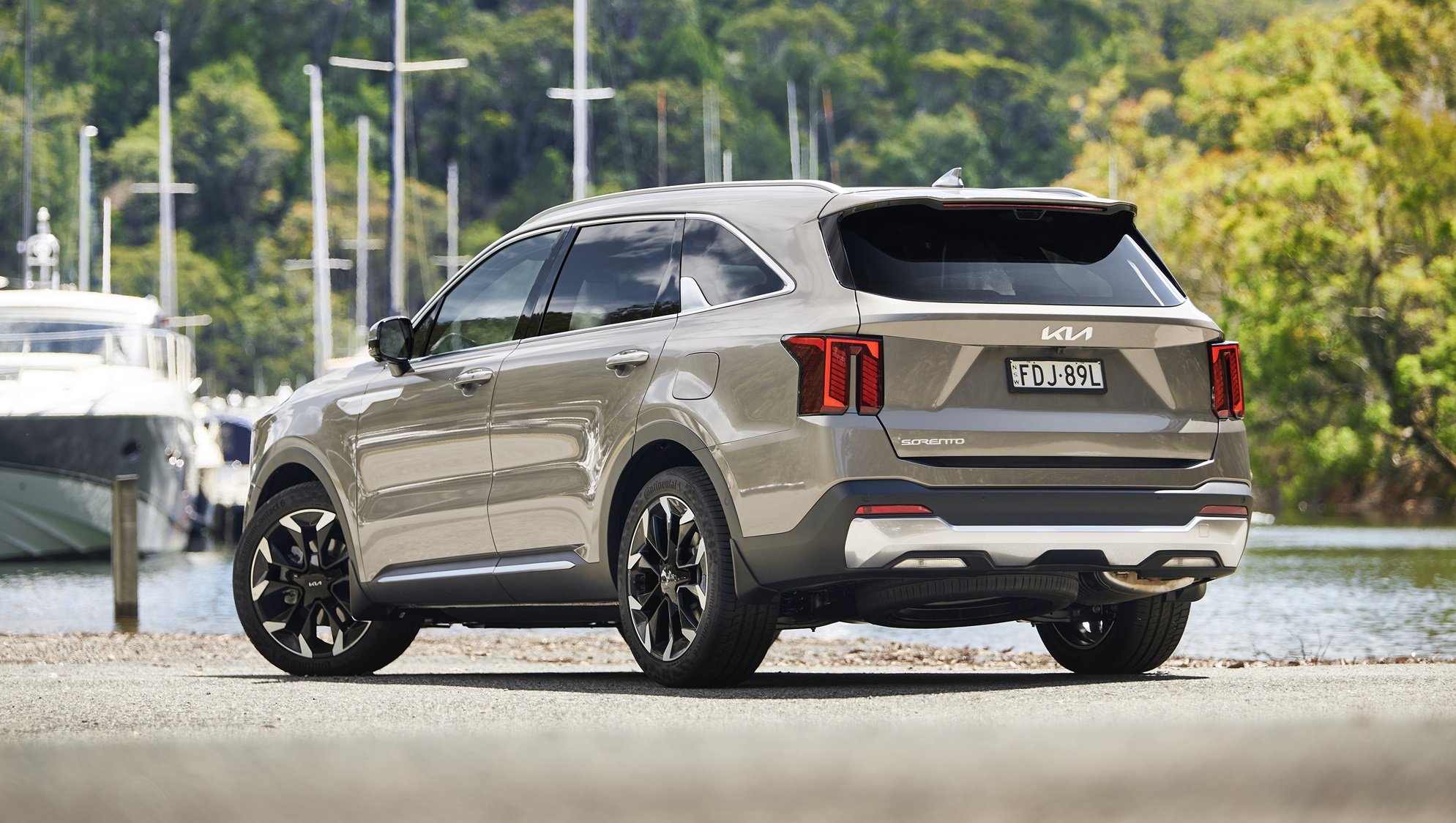
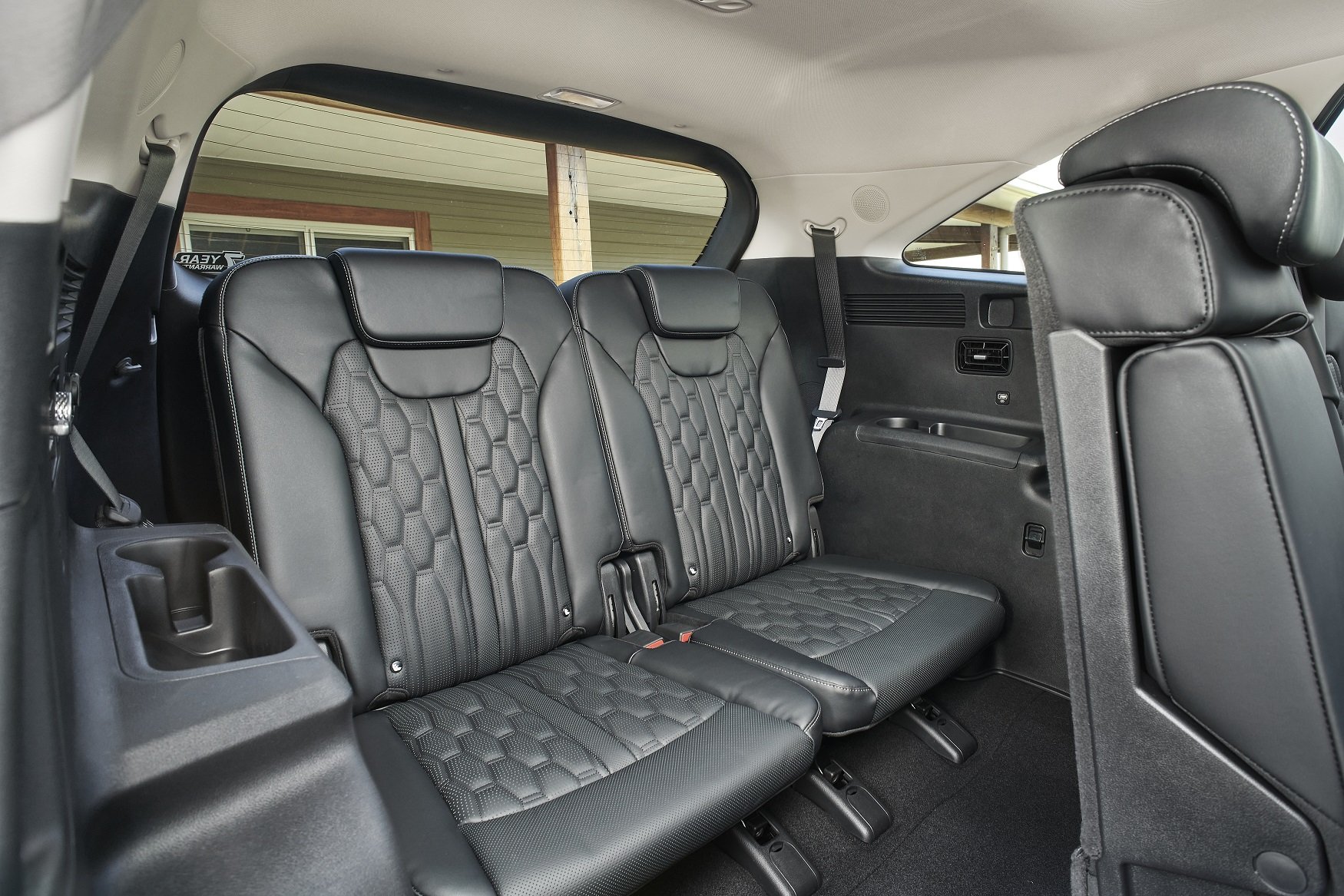

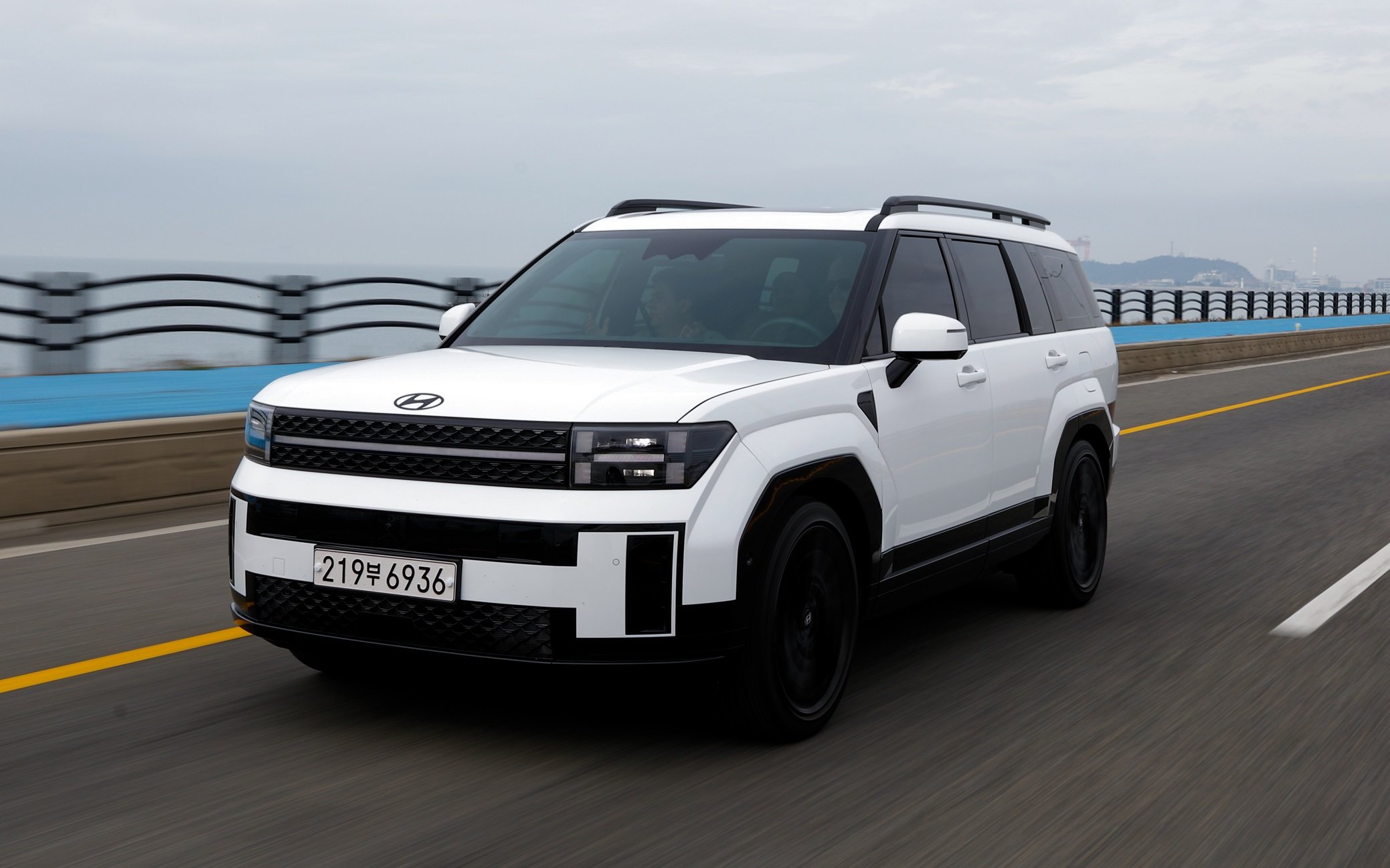


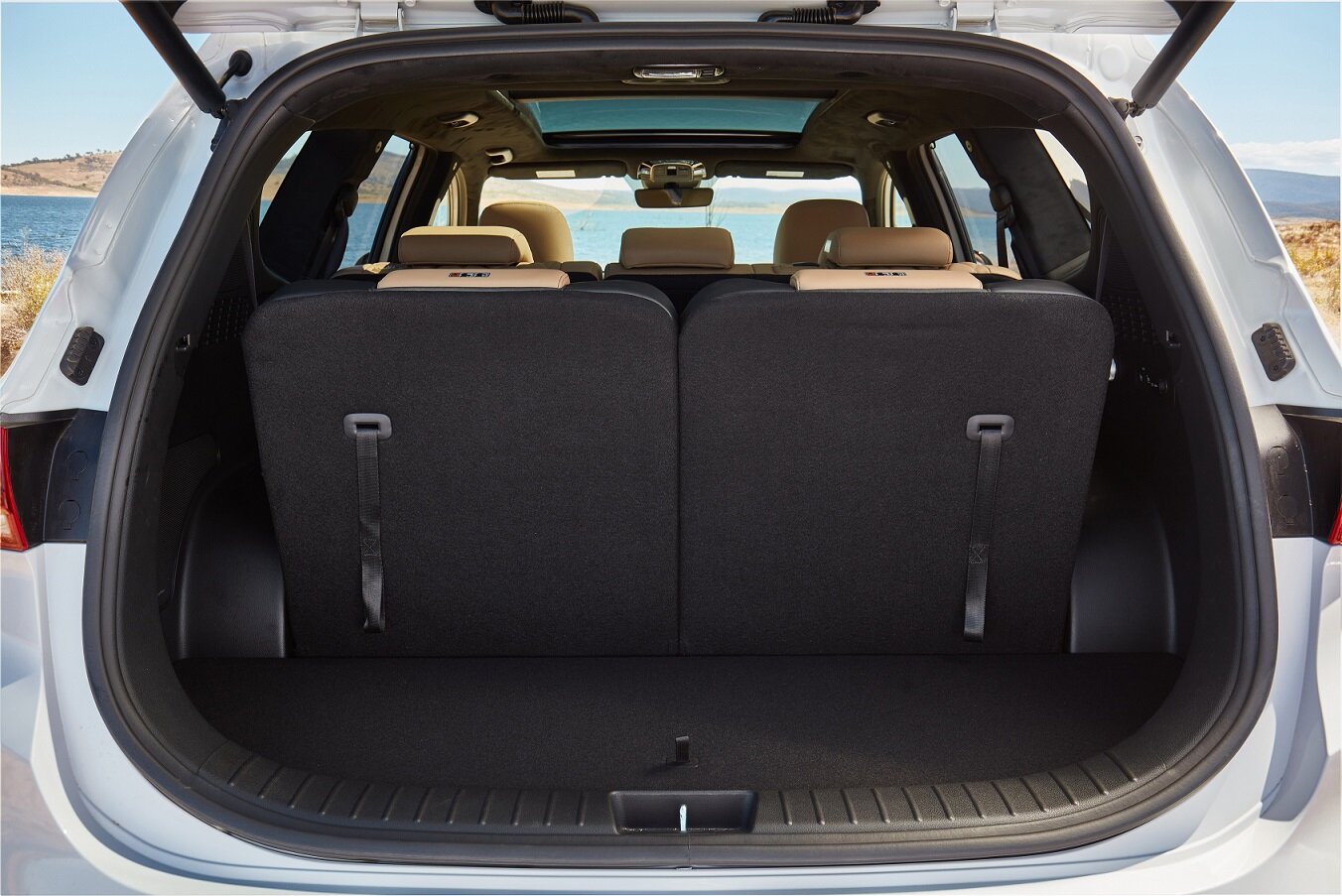
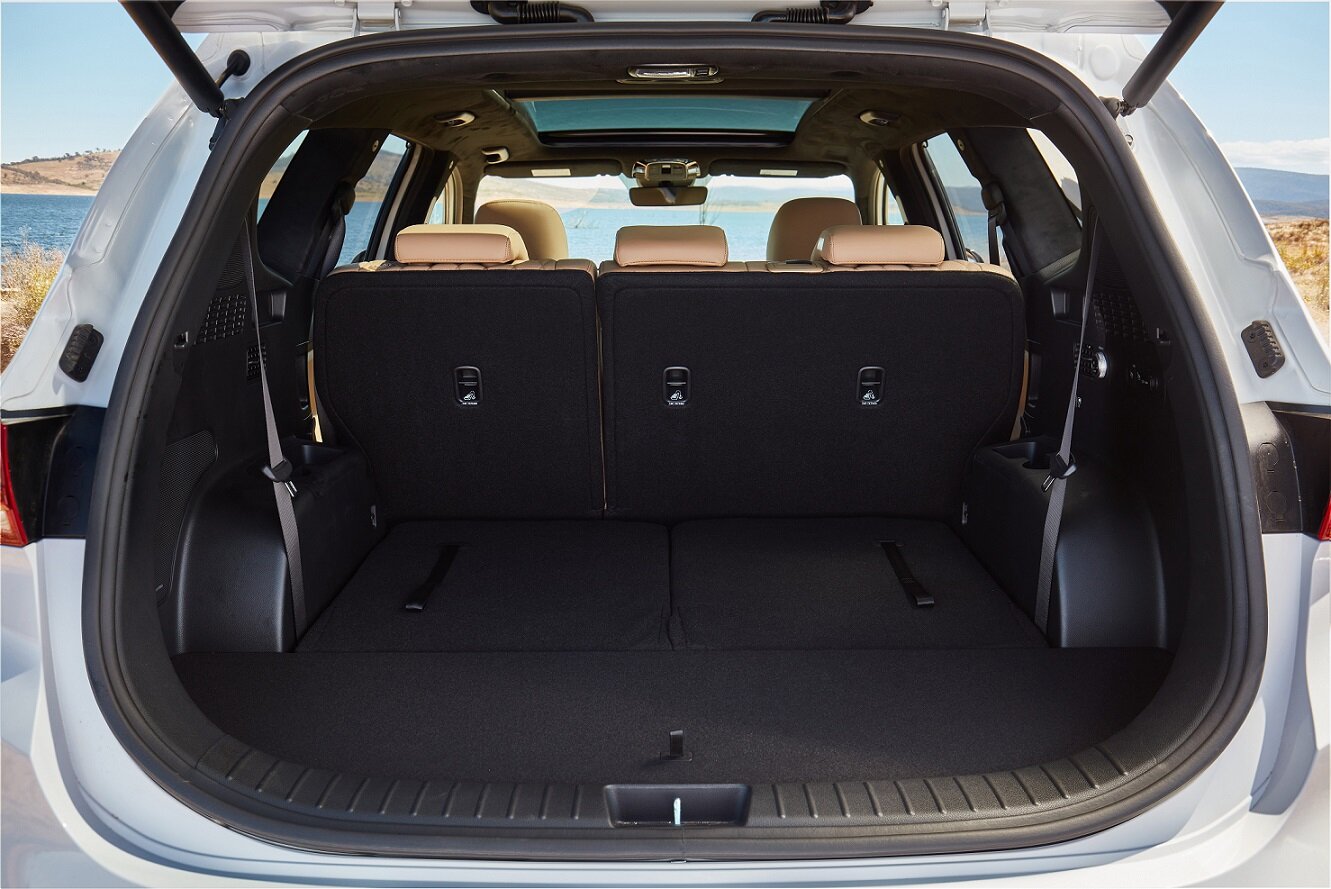
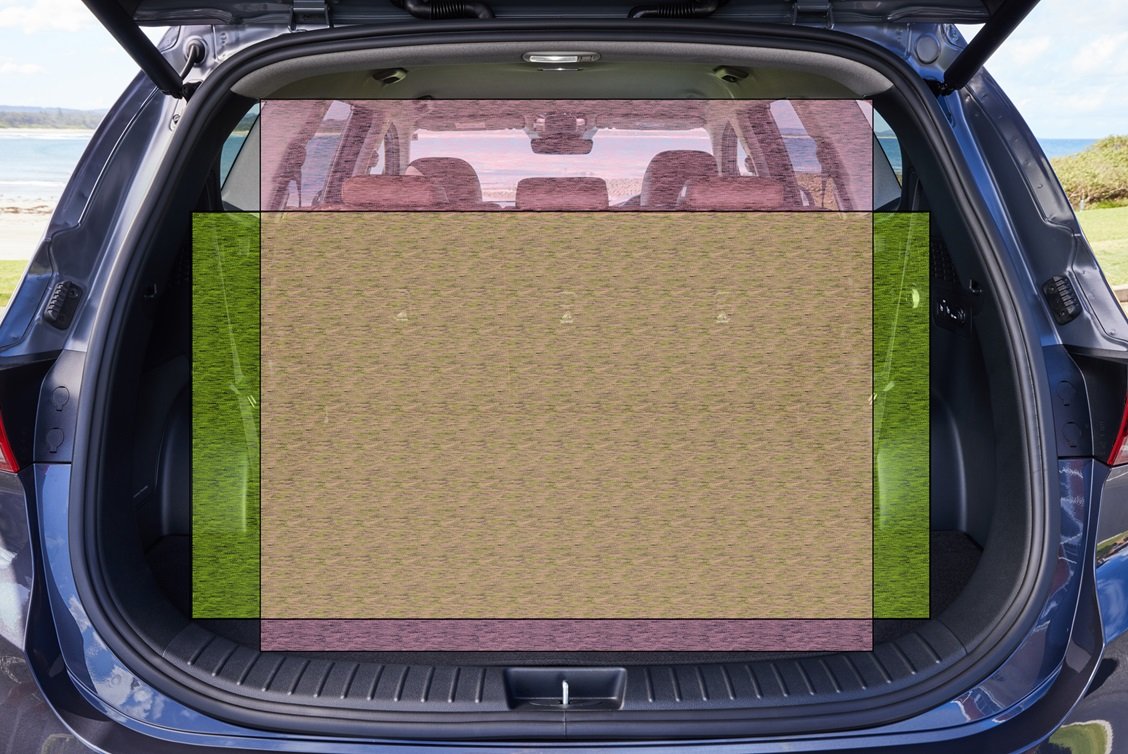





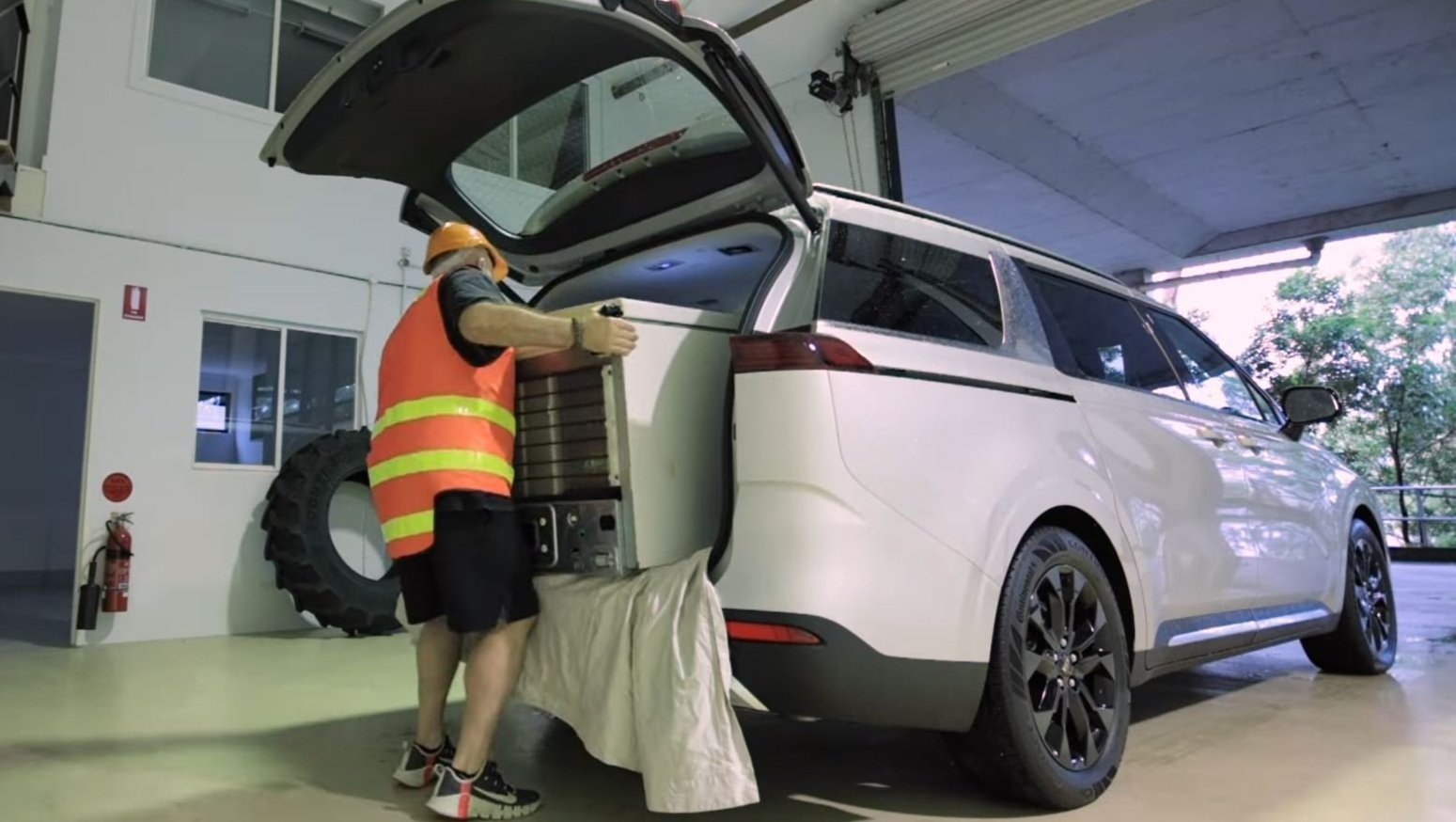
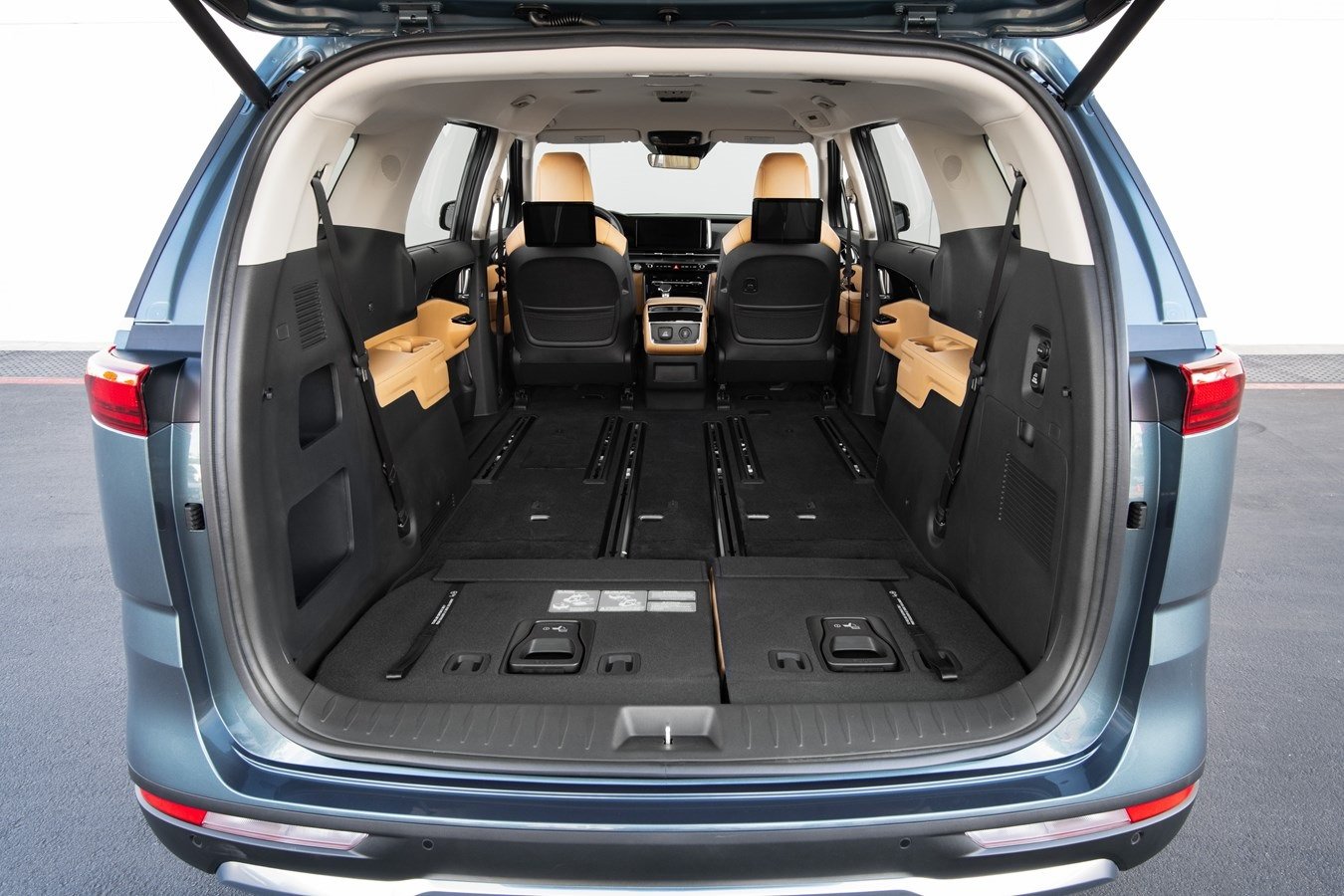
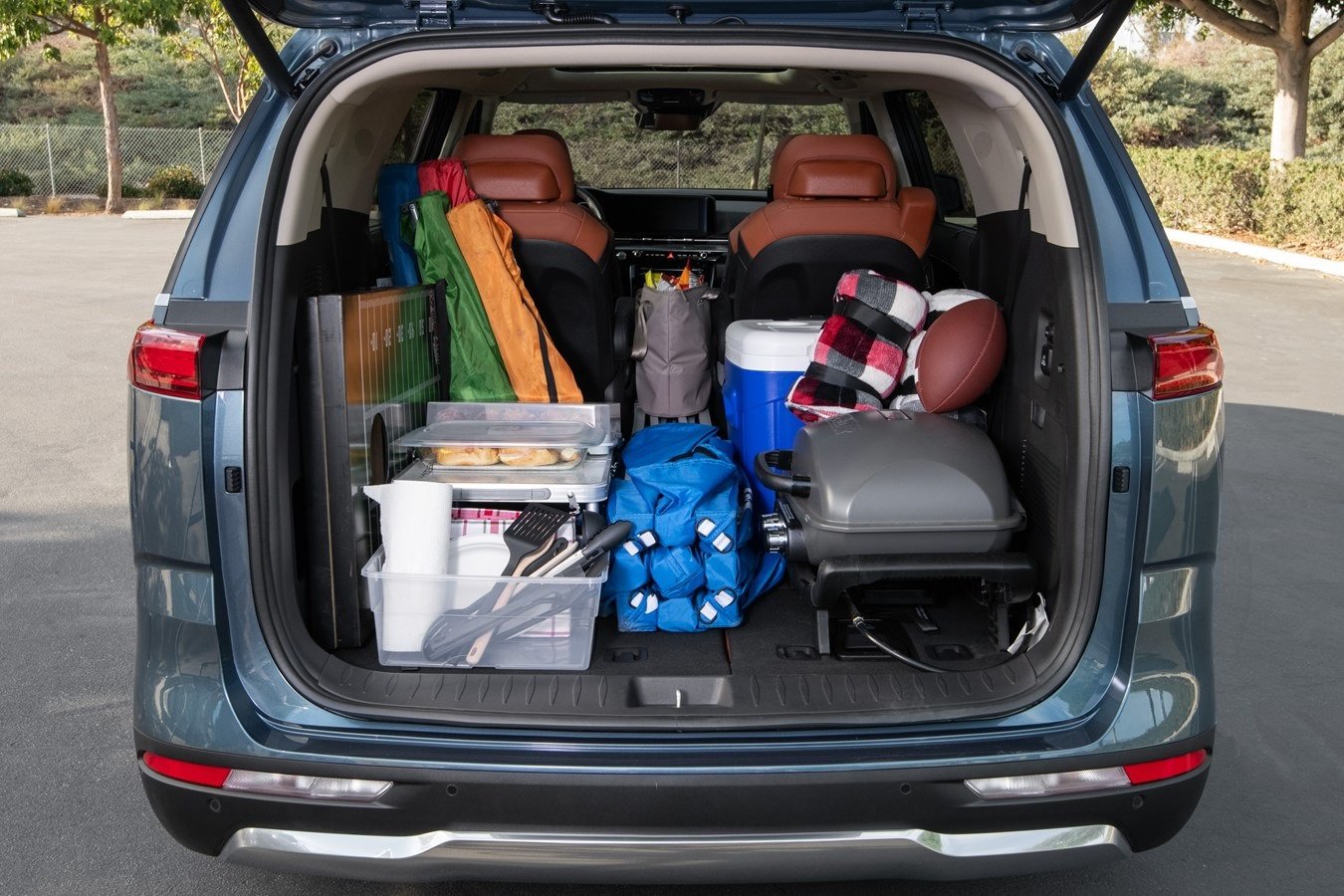
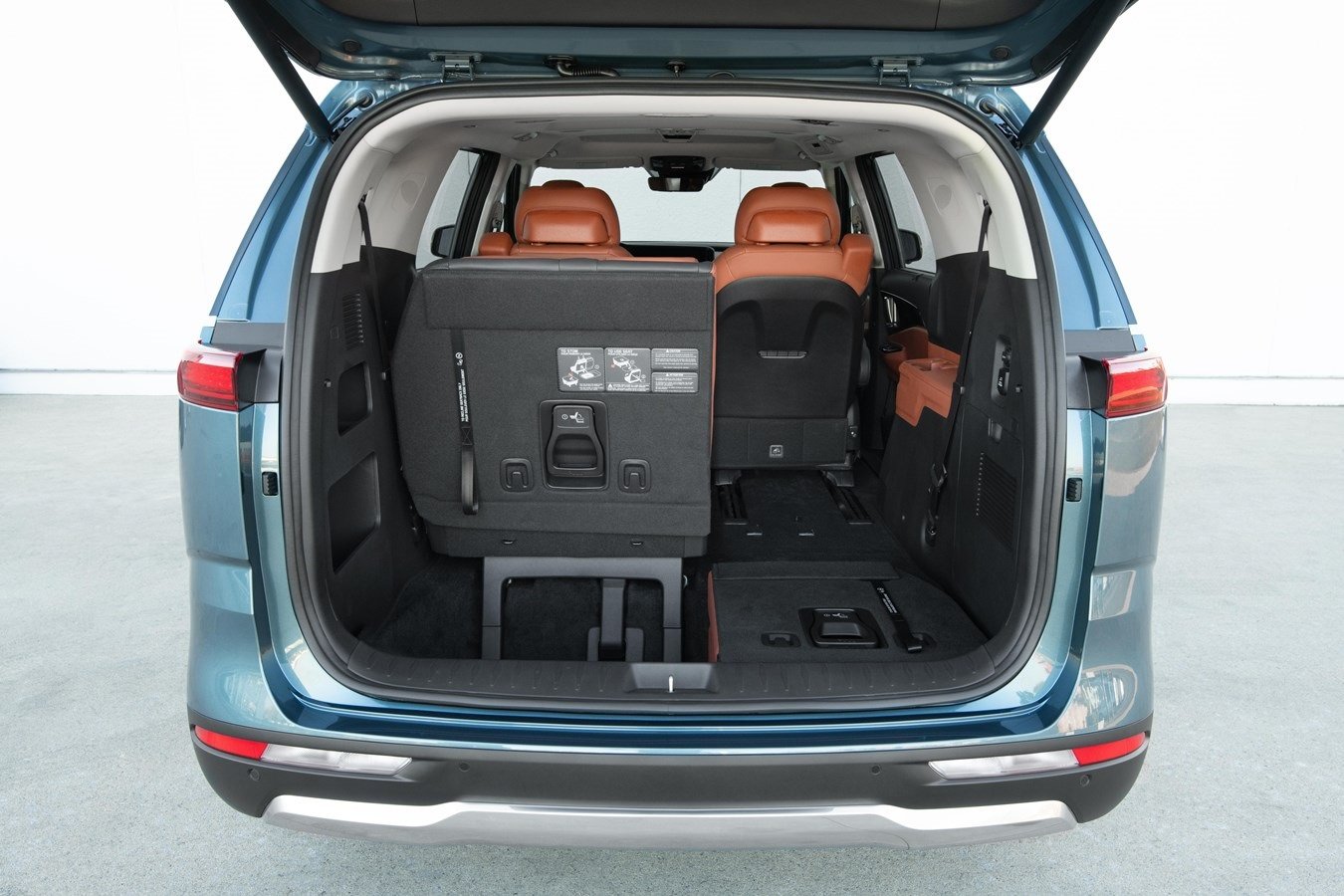
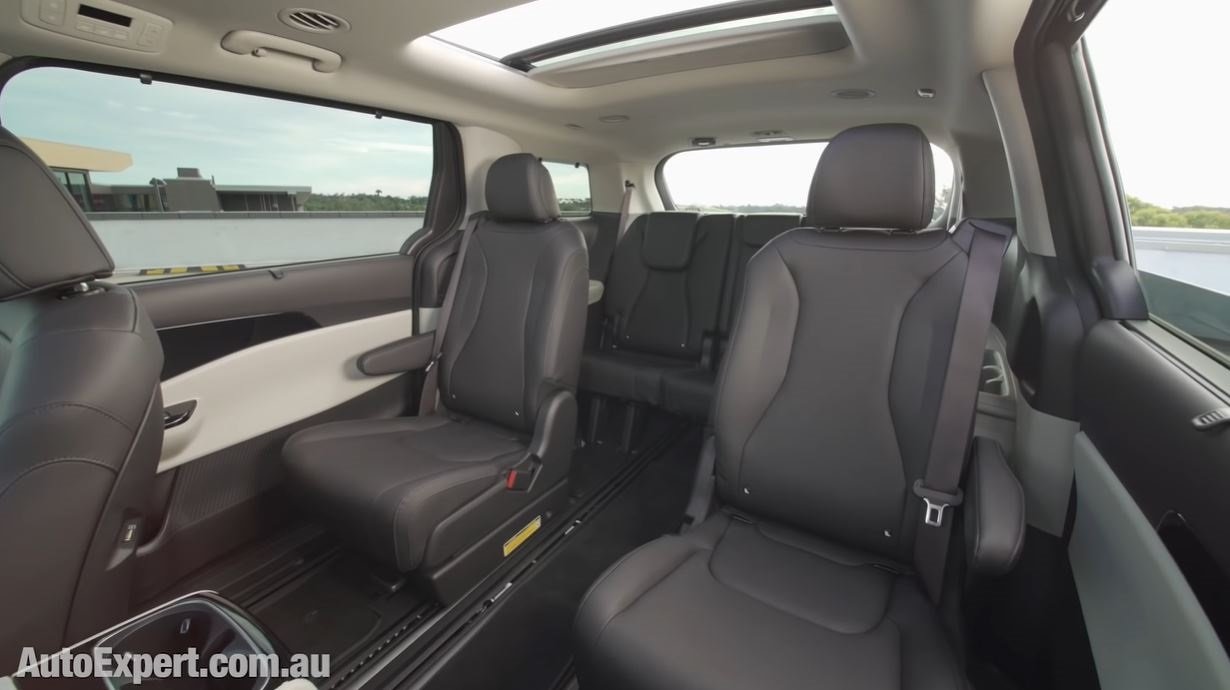
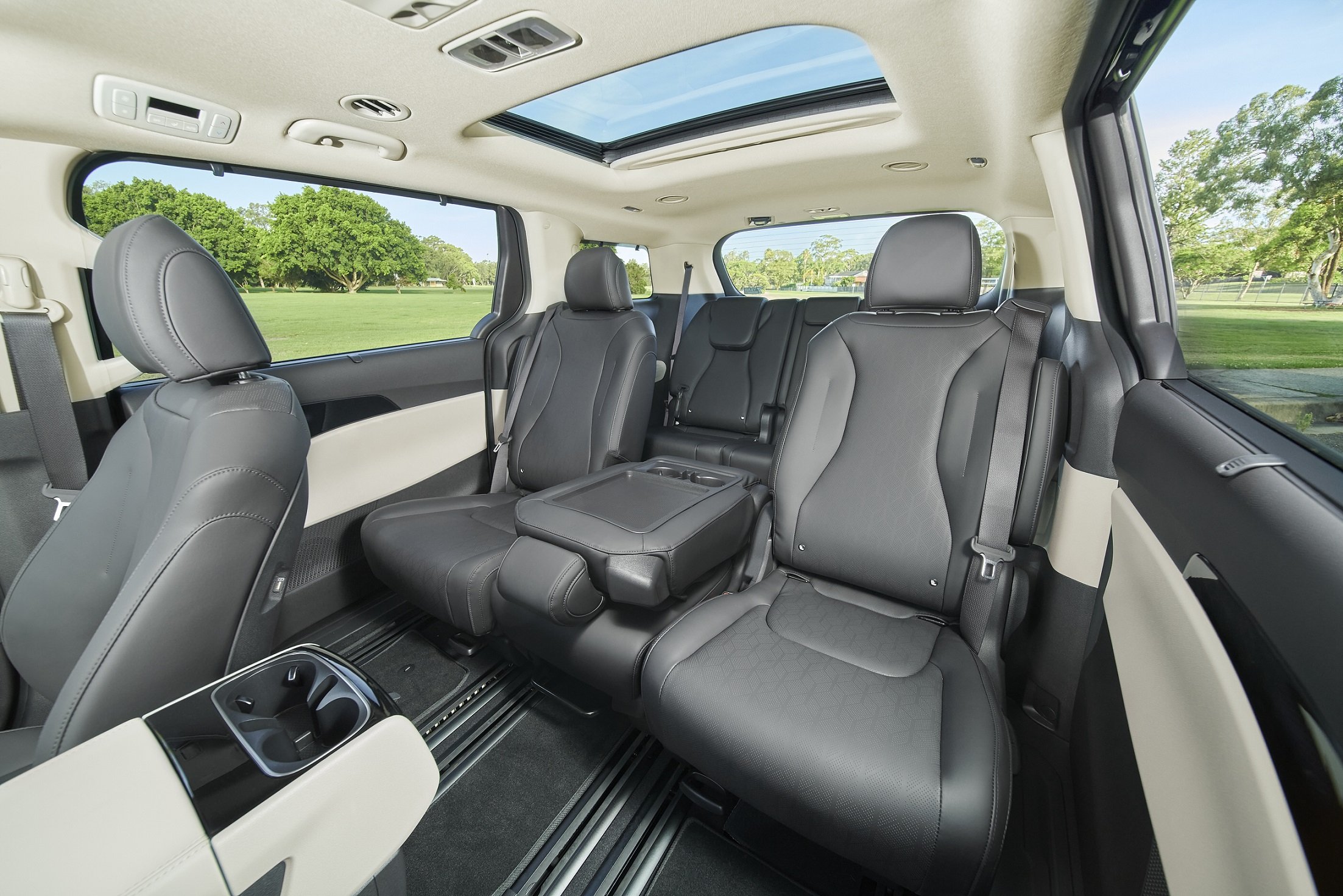
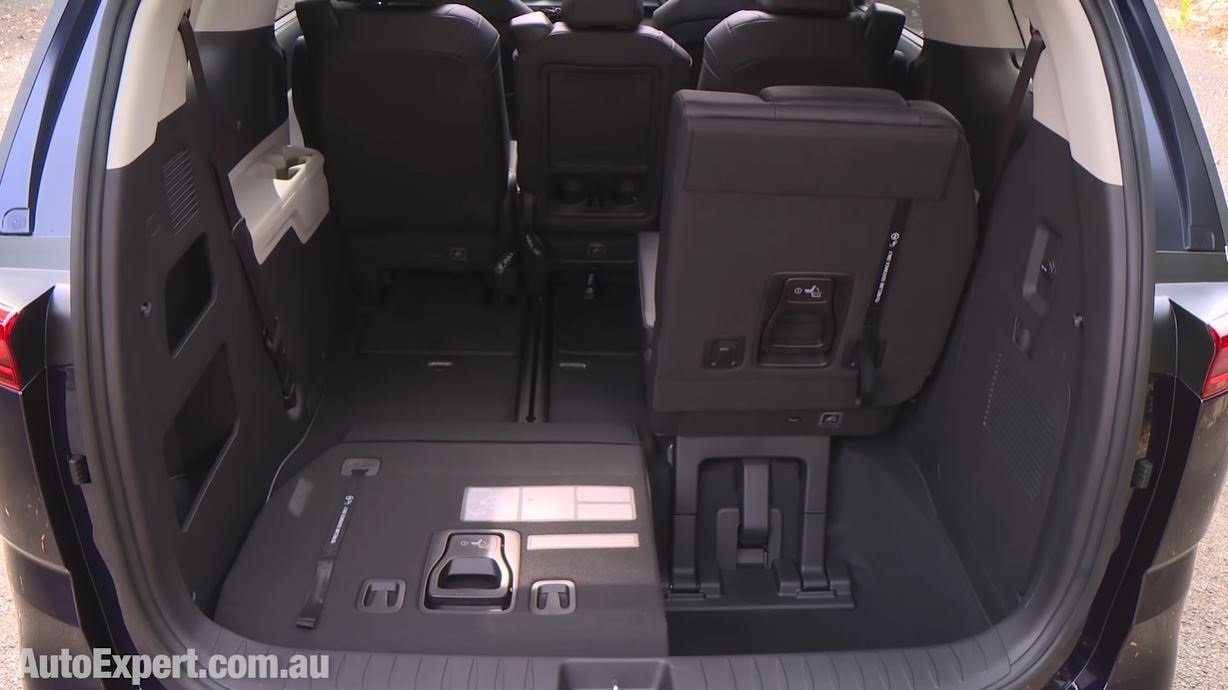
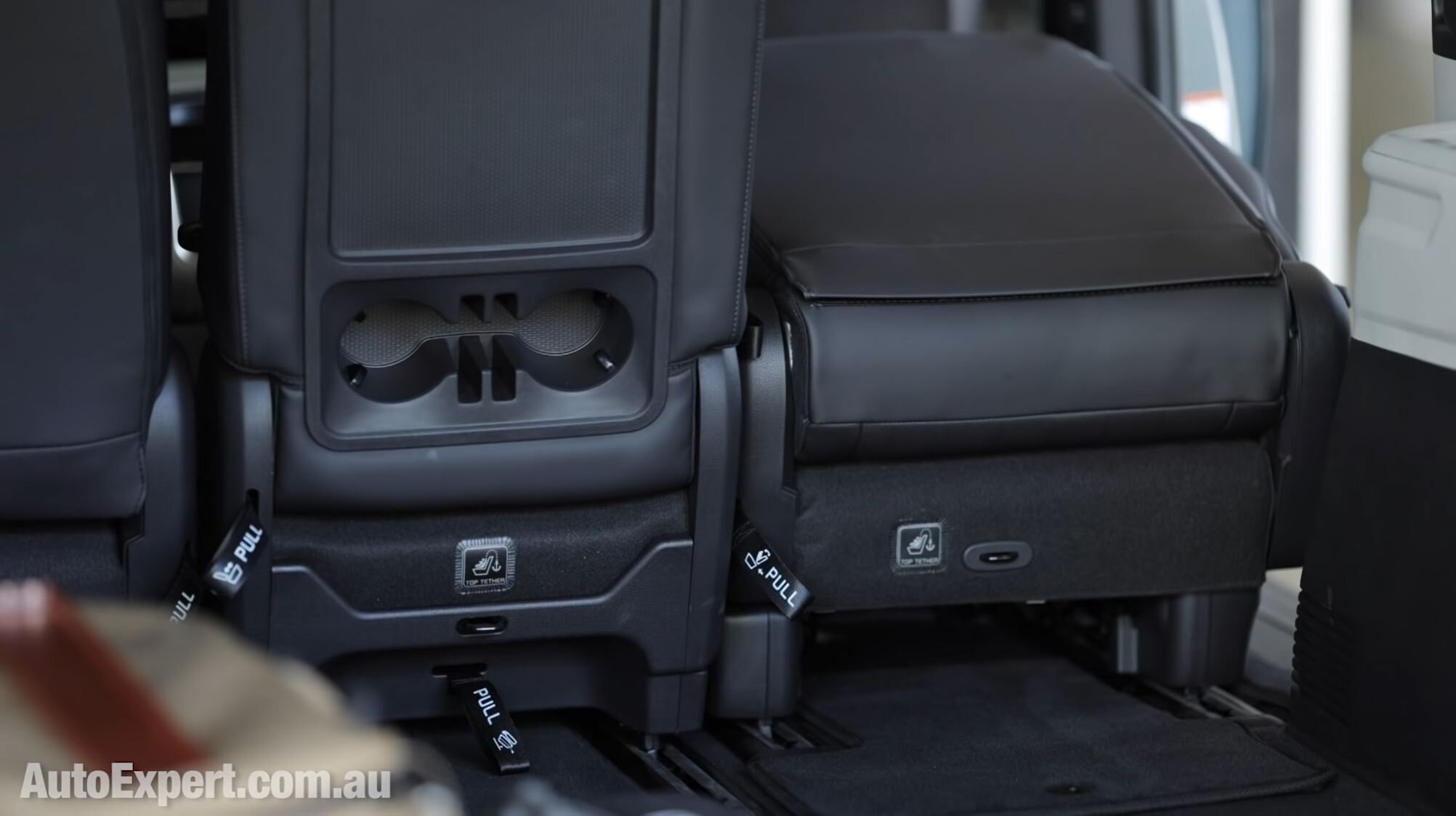
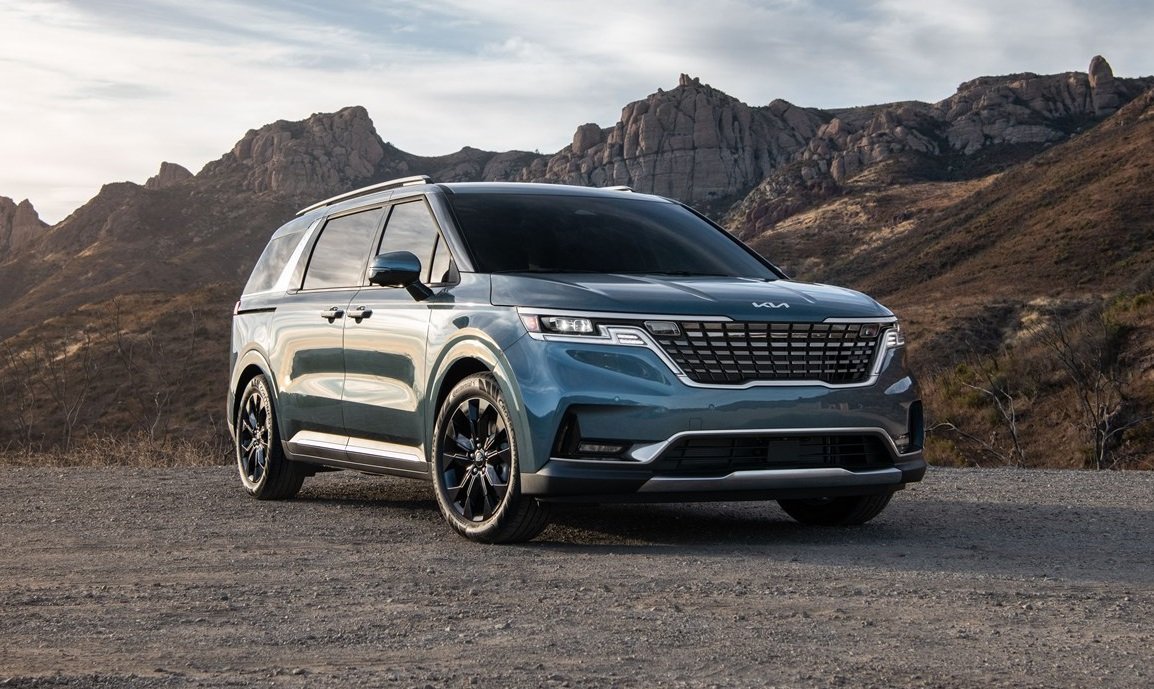


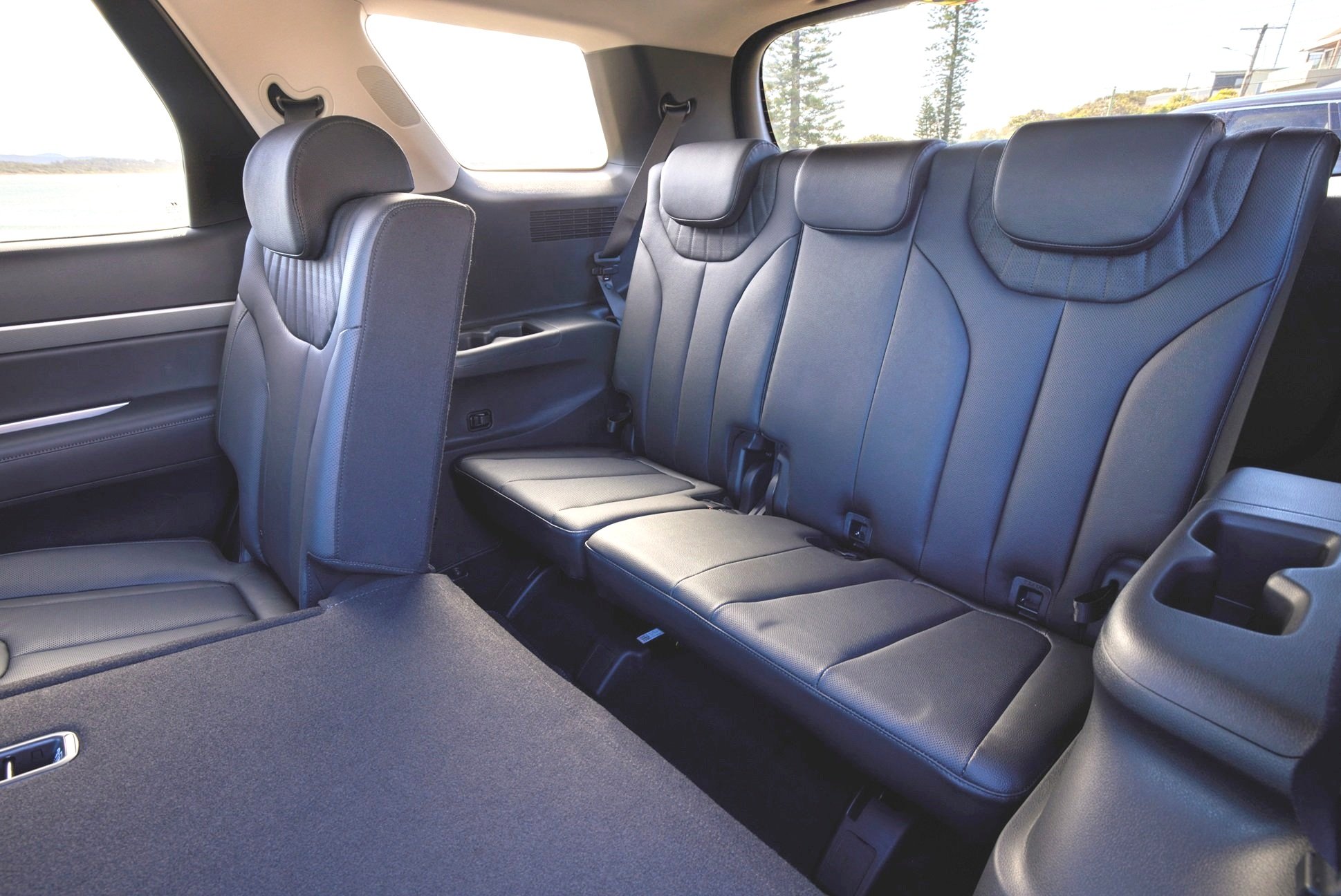
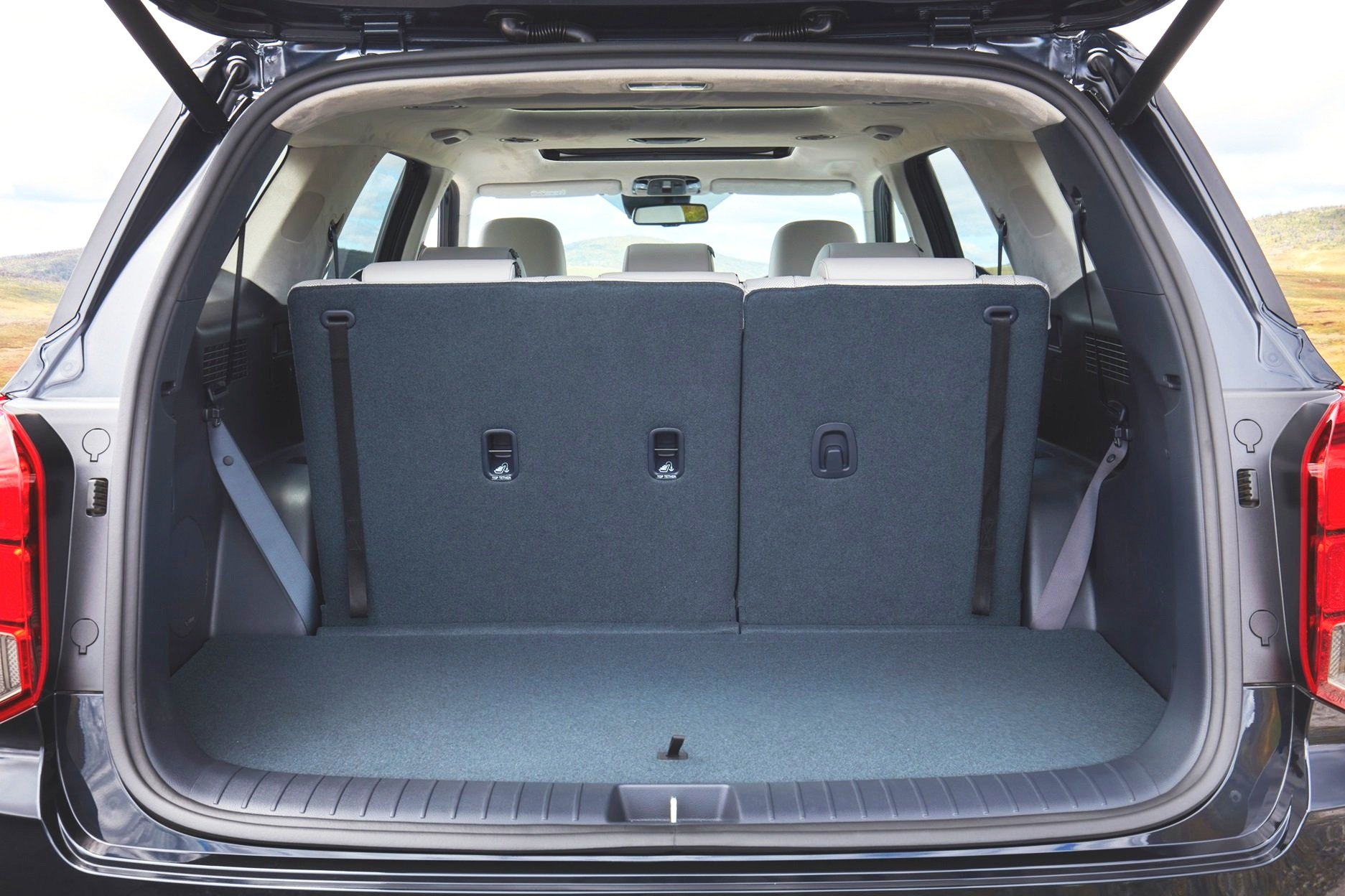
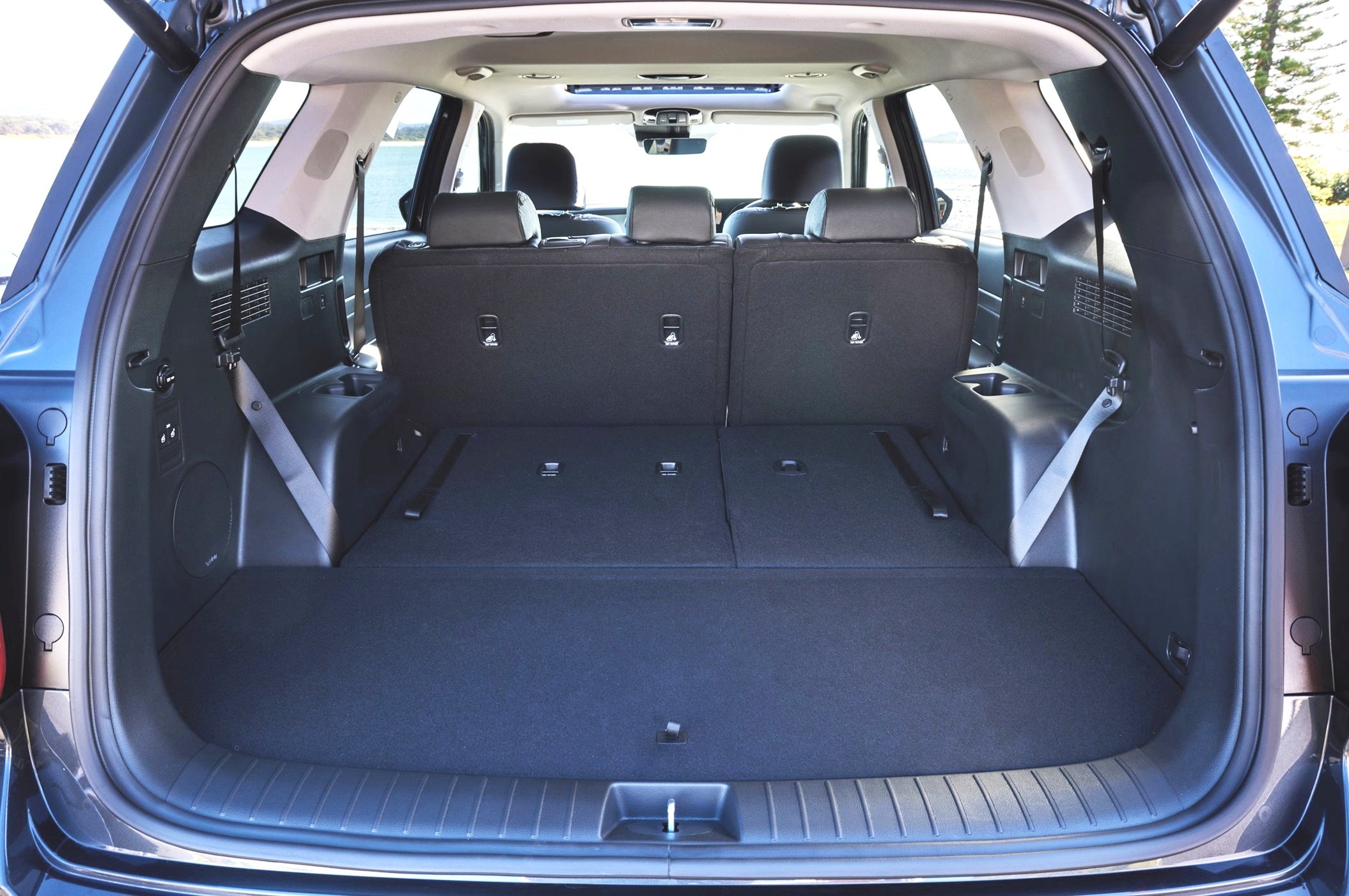

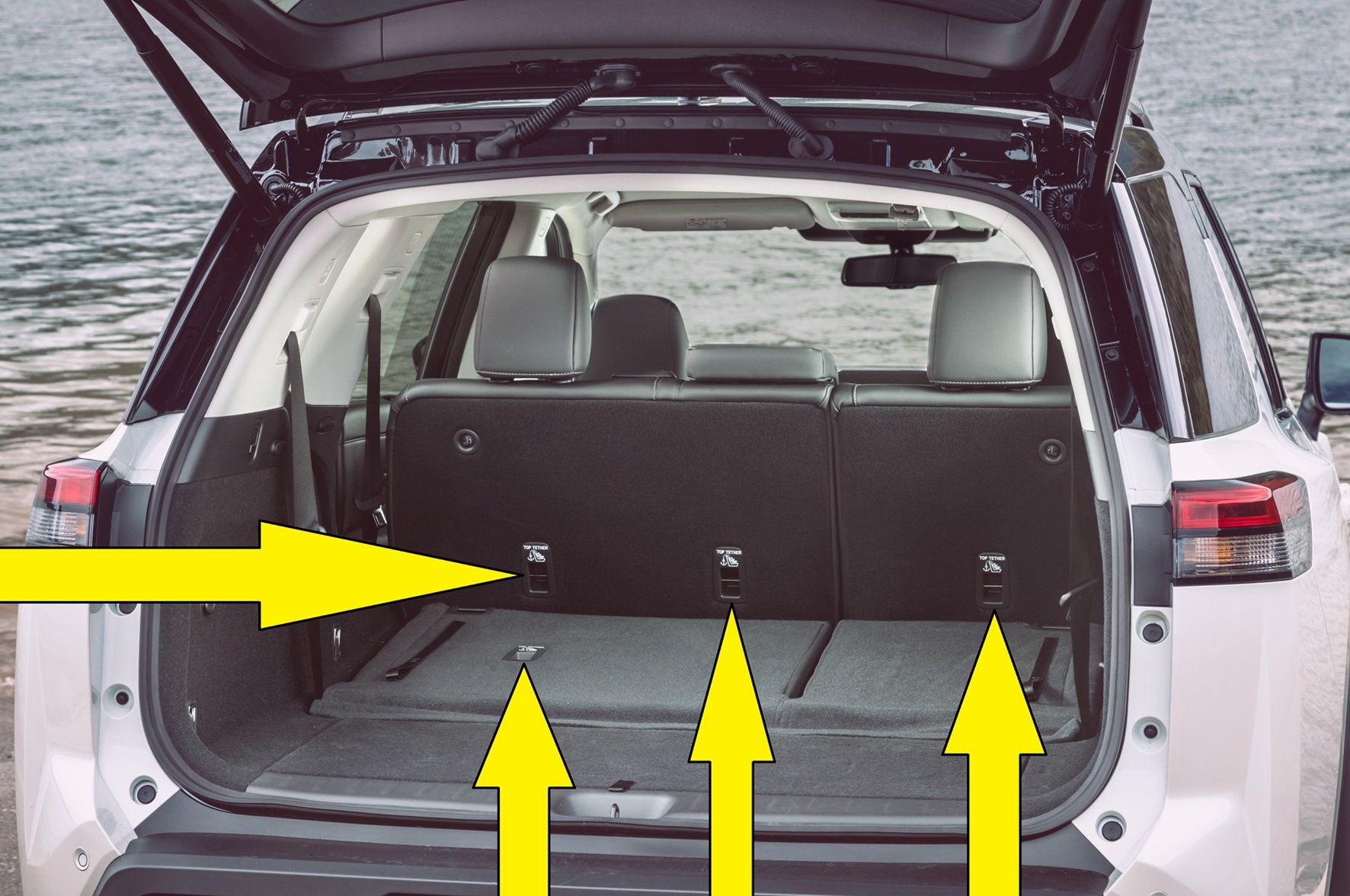





















The Mitsubishi Outlander is an excellent-value seven-seat family vehicle with plenty of features and capability. It looks modern and tough, but you need to know if it’s going to be good enough compared with other medium SUVs.